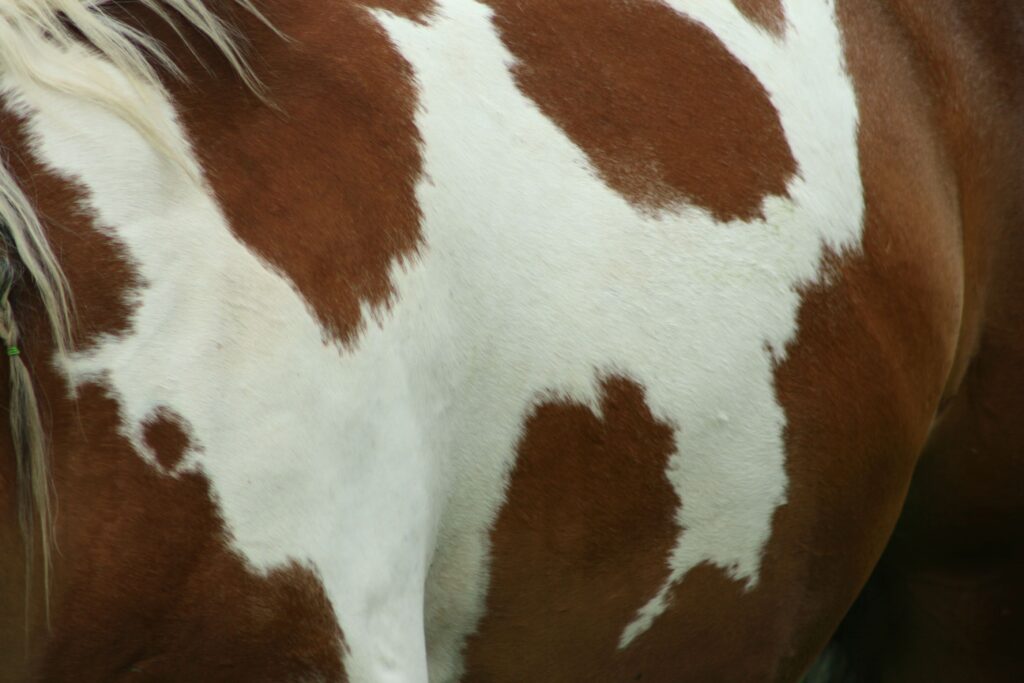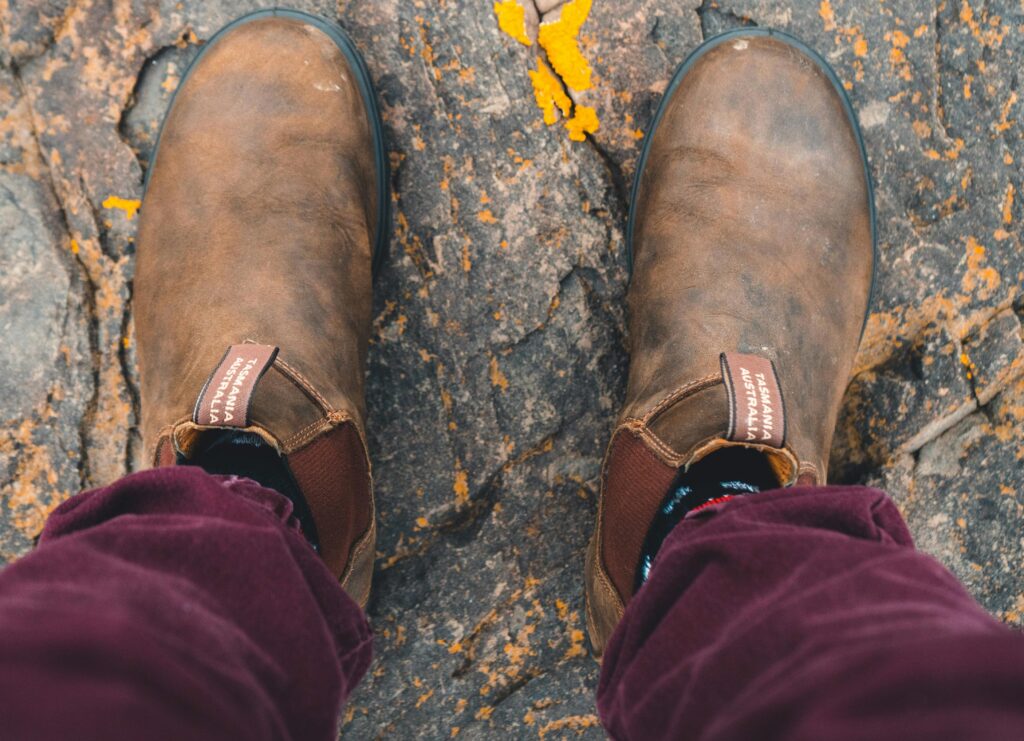What is real leather? And why should we use it?

Leather is a natural material and a byproduct of the meat industry which would otherwise go to waste and end up in landfills.
Leather is obtained by tanning animal skin and hides, and comes from cattle, goats, sheep, buffalo, crocodiles, snakes, etc. China and India are the largest producers.
Terms real leather and genuine leather are used to describe anything made out of leather, they do not tell anything about the quality and grade of leather. All leather items regardless of quality are called real leather goods or genuine leather goods.
later in this article, we will discuss how leather is unique in its ability to combine beauty, comfort, and practicality and no other material can match it.
Table of Contents
Types of leather
Full grain- best and strongest of all, with natural grain intact, most durable, has natural surface finish and imperfections,
Top-grain- second best after full grain, also one of the best, grains are sanded and corrected to get an even surface look, and natural imperfections are removed. Nubuck or nu buck is also a kind of top-grain leather that is sanded down to get a velvety finish.
Split- when out layer of leather called full gran is removed by the process called splitting, the remaining leftover hide part is then used to make other types of leather such as suede leather, corrected grain, or other types of leather.
Benefits of Real Leather

Natural- leather is a natural product that is also biodegradable, it is a by-product of the meat industry it will otherwise be wasted and end up in a landfill which will harm the environment. Leather as a natural material is unlike faux leather material, real leather is a sustainable solution to society that needs to consume less, reuse more, and recycle everything.
Durable- Unlike most imitation leather material real leather is durable and can last easily for several decades if properly taken care of. Leather goods last longer so they don’t need replacing periodically. Well-made leather lasts a long time and unlike most polyurethane leather, or faux leather it gets better with age, acquiring a depth of patina and wear pattern that is unique in every item.
Porous- Leather is a porous material, hence breathable. This means that the leather lets air and water vapor flow through its fiber. These characteristics of leather make it particularly suitable for the construction of footwear, garments, and other wearables. You’ll be much more comfortable with a breathable fabric than one that doesn’t let any airflow.
Biodegradable and sustainable- Unlike PU material, leather is biodegradable as it is a natural material (animal skin), It will break down by microorganisms when it is exposed to appropriate environmental conditions. It will decompose in a natural environment in 25 to 45 years.
As we are always looking for ways to reduce our consumption, leather fits right in with the ‘buy less, buy better’ philosophy. Although sometimes expensive, investing in quality leather products is an investment in the future. Millions of tons of hide are saved every year by the leather industry which would otherwise have gone to landfills.
Natural comfort- real leather is not only porous but it also tends to take the shape of the body or surface it covers. For instance, when you buy a new leather jacket, shoe, or any wearable it feels stiff in the beginning but as you start using it, it will eventually adapt to your body shape and it will feel like the product has been specially crafted by nature only for you. That’s the beauty of leather.
Unique surface quality and look- Every hide has its unique pattern, especially the full grain leather, regardless of the source or tannery industry every hide has its own surface finish, grain pattern, and imperfections which makes everyone unique, unlike some plastic leather material.
Conclusion
We hope you enjoyed our article on Real Leather.
Related Articles: is leather biodegradable?
